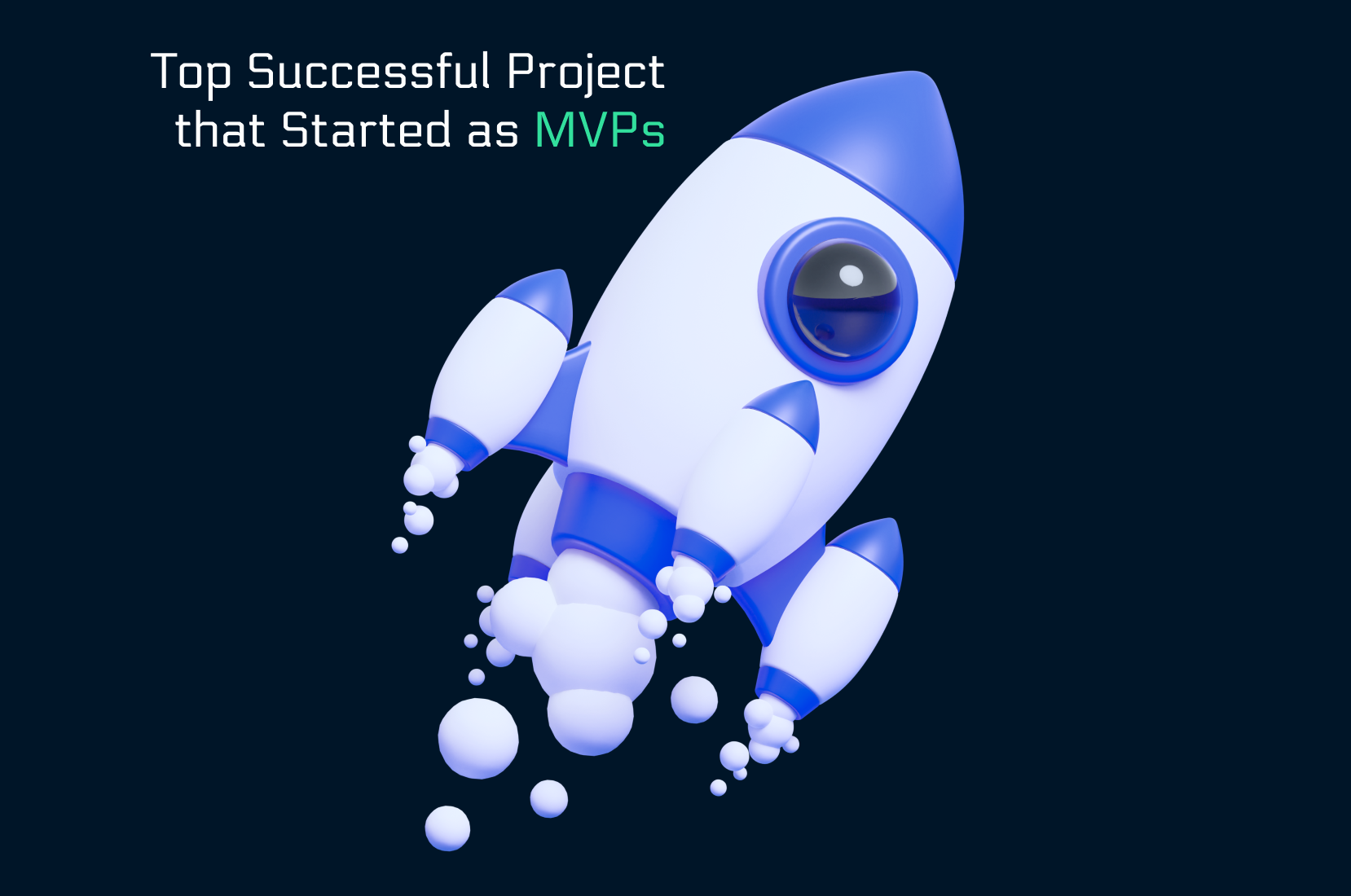Starting a new business can be more risky than we think. Not all successful projects were 100% sure that their product or service would become popular among users. That is why many services, which are now used by millions, started their journey with MVP.
With the help of MVP, you can test your idea, determine customer requests, research the market and get information that will allow you to create a high-quality and unique product, avoiding all risks and unnecessary costs.
Data science products are inherently risky. Creating a Data Science MVP can reduce this risk by focusing the early development lifecycle on discovery and learning.
Starting a data science project has many unknowns – about data, algorithms, systems and business. You can naively guess about these unknowns and set about building a full-fledged data processing product. With over 10 years of experience in Data Science, Amazinum can help you create a mini version of your product or service.
That is why you should be reassured if you are unsure about your idea. It is better to start with small steps than not to start at all. Otherwise, we would not have such services as Instagram, Amazon, etc.
You can learn more in our landing page about MVP .
Why You Need an MVP
Idea Testing and Market Entry
Without spending a lot of resources and time to develop a complete product, test your idea in the market now. Consider feedback and user needs and avoid unnecessary costs. All this will help you attract users and make your product unique and high-quality.
Optimize Costs
MVP gives you the basic and core functions of your product, avoiding unnecessary layering of technologies. Thanks to this, you will only spend a little money, but at the same time, you will get a working version of your program, service, or service. This will create a nice “financial cushion” for you in case of risks.
Attract Investment
Prototypes already on the market gaining user attention are more attractive to investors than just ideas. You can develop and scale your business without spending a lot of effort and money.
Customer-oriented Product
At each stage of development, you can involve a user. This will give you a better understand of his behavior, need, and pain points.
MVP (Minimum Viable Product) Types

Minimum Viable Products (MVPs) come in a variety of forms, each with a distinct function and stage of product development:
High-fidelity MVP: Despite having minimal features, a high-fidelity MVP has an extremely engaging user experience.
Low-fidelity MVP: the UI is really basic.
MVP with a single feature: as the name implies, it has just one feature.
Concierge MVP: A concierge MVP employs a human (or human team) to carry out activities rather than an automated process as in a full-fledged software solution.
Piecemeal MVP: An unfinished MVP uses third-party apps and services to finish tasks that the app will eventually perform independently.
Digital MVP: It enables quick iterations and real-user testing of important hypotheses.
Hybrid MVP: blends elements of multiple MVP types to create a special plan best suited for the target market and the specific needs and goals of the product.
Develop MVP With Amazinum
Amazinum will help you form your MVP idea, develop business goals, and create a full-fledged MVP, thanks to which you can test your product before full implementation
TOP Companies That Started as MVP

Airbnb was founded in August 2008 by Brian Chesky, Joe Gebbia and Nathan Blecharczyk. Today, the company is one of the most famous hospitality and travel services. It is used worldwide in 34,000 cities and 192 countries.
MVP Airbnb
However, few people know that such a huge business started with an air mattress, a bed and breakfast. Two product designers who came out of needing to pay for an apartment and space decided to launch a minimum viable product of a room-sharing platform with their home. There was a design conference in town, so they had the idea to offer it to attendees. Brian and Joe created a simple site with minimal functionality to list their apartments. At the same time, they also used several photos of the quarries-loft. Several volunteers tested the website and provided their feedback. That day, they had only three customers, but later, there were thousands of customers.
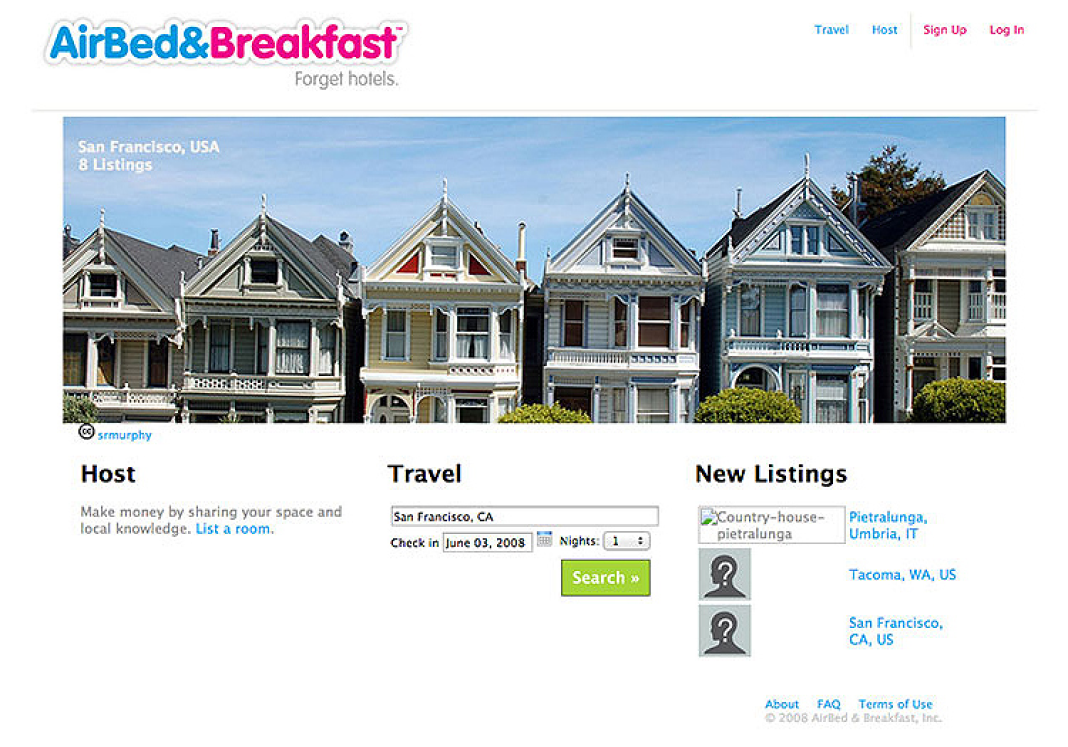
Source: Link
Launched in 2008, their MVP has become an incredibly convenient solution as they strive to help both property owners and travelers. Thus, the classic MVP, which started as a basic project and went through the testing stage to a successful product, turned into a huge business.
This is just the first of 10 success stories that started as MVP development. Very soon, the business owners realized that there were many more customers of the service than numbers, so they expanded their offers. Thanks to this, everyone who wants to can rent out their home in any city or country.
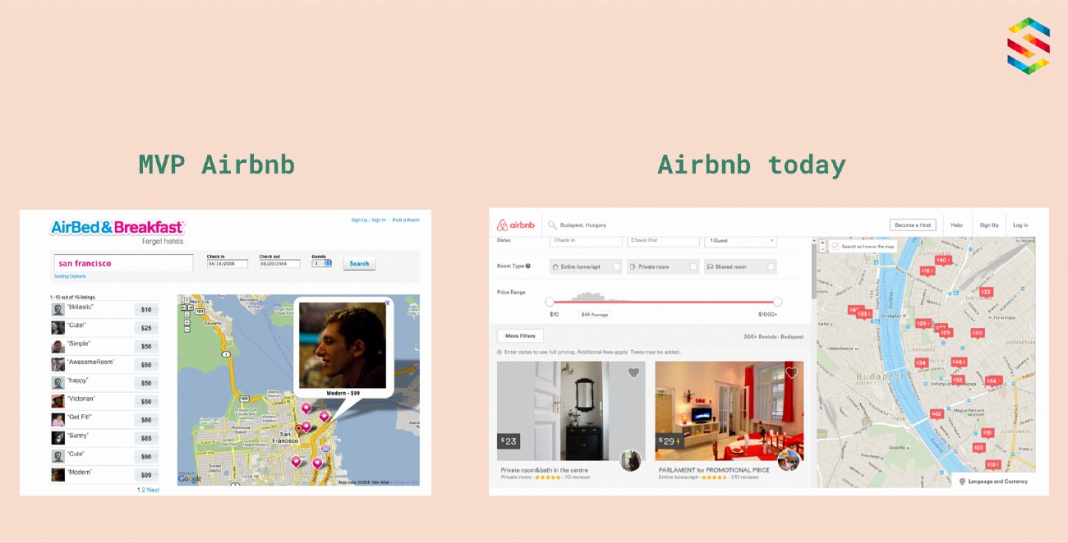
Source: Link

Dropbox has an equally intriguing MVP history. The company itself was founded by the American computer programmer Drew Houston in 2007. We now know Dropbox as a popular cloud storage service. It is currently used by about 400 million users worldwide.
MVP Dropbox
While studying at the Massachusetts Institute of Technology, Houston came up with the idea of easily and securely sharing large files over the Internet.
However, can you imagine that this startup didn’t even have a real product at the time of its creation. Dropbox wanted to create an online storage for files. However, they should have dared to invest huge funds in creating an architecturally complex program and developing solutions for file synchronization. Dropbox instead started with a 3-minute explainer video.

Source: Link
Smart and cost-effective research allowed the team to be sure of the demand for their product. Driven by this, Dropbox stepped up development after releasing the product to the public.

Today, Zappos is a large and successful brand-name shoe and clothing store. Now many stores start or continue their shopping on the Internet. However, in 1999, for Nick Swinmurn, it was a hypothesis that needed to be tested. After all, at that time, people were still determining whether customers would be interested in selling shoes over the Internet.
MVP Zappos
The problem of finding shoes drove Nick. Long walks in the shops very rarely brought him a dream pair. That is why he thought, why not create an online store so that everyone can find the perfect shoes. However, he did not want to throw away thousands on an untested idea.
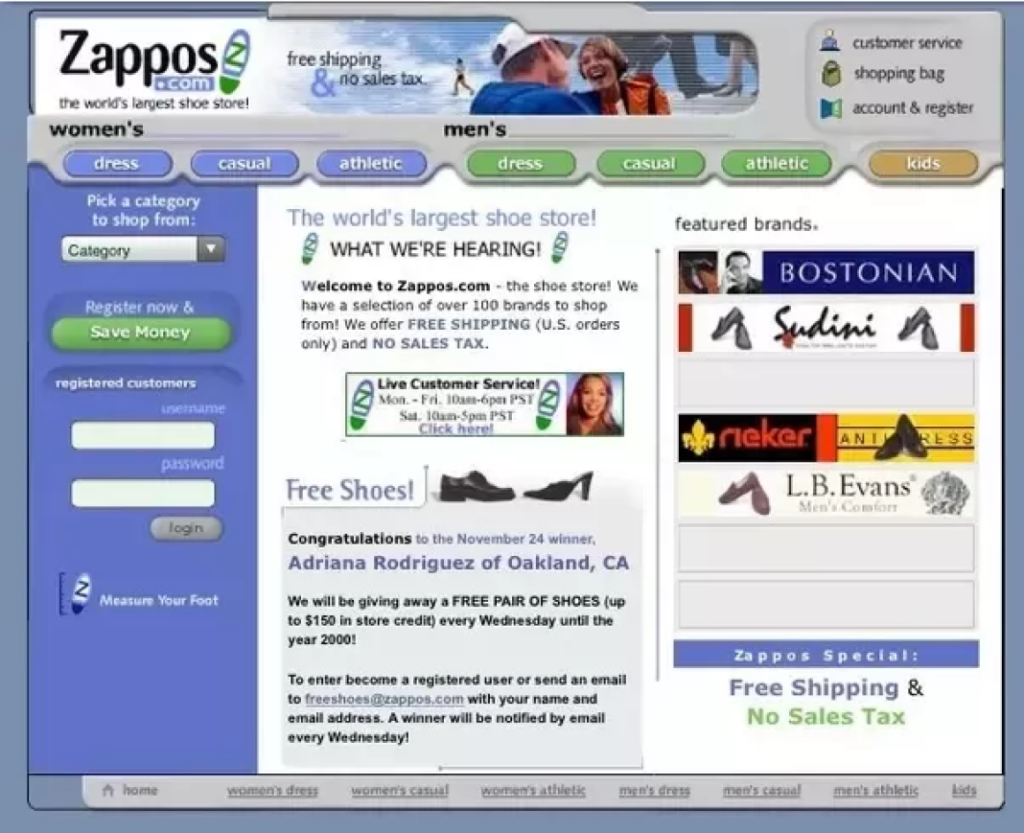
So Nick came up with his MVP strategy, where he would visit local stores in San Francisco, take pictures of their shoe selections and upload them to the website. If a user placed an order, they simply bought that pair from the store and shipped it to the customer. He created a value chain without having an existing product or store.
After hundreds of shoes, boots or sandals, Nick and his colleague Tony Shane started buying shoes in bulk from suppliers. Zappos started as an MVP, but grew into a successful company.
This type of MVP is common for retail startups. He manually performed functions that he later automated, and checked how ready the Americans were for such an innovation. After launching a minimally viable product, Swinmurn started looking for partners and released a full-featured solution. This allowed him to earn over $1 billion in sales. His solution was subsequently acquired by Amazon in 2009 for $1.2 billion
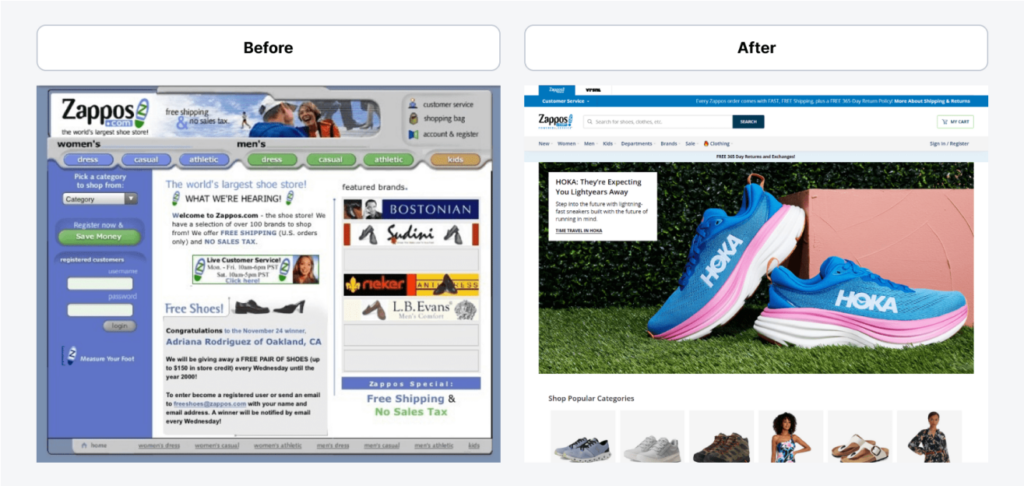
Develop MVP With Amazinum
Need help figuring out where to start MVP?
Write to us and Amazinum will help you realize your MVP and bring it to a full-fledged project

Uber is now known worldwide as the leading ride-hailing app. He is a leader in his segment. However, his journey also started with Uber MVP – Ubercab. In 2010, he started by connecting drivers with iPhone owners in San Francisco to offer taxi services at much cheaper prices.
MVP Uber
Uber began its history in 2010, when its founders, Garrett Kemp, and Travis Kalanick faced the problem of being unable to find a ride. This led them to create better services for their country. Therefore, they formed the MVP of a new transport company, which began to be implemented in 2009.

The essence of Uber’s MVP was to connect drivers with iPhone owners who were fearless in giving their cards to the then-unknown app. This made them understand that people who need to make a trip quickly and conveniently are ready to provide confidential card data. Even though it was quite difficult for them to get the first order, Uber became one of the most successful transportation services.
The MVP version of Uber worked something like this:
- Several drivers offered their services
- Uber’s founders collected ride reviews and reviews on the Uber App Store page
- Based on feedback, they developed the idea of in-app payment.
This made Uber a leader in the competition and led them to great success.
An early version of the service provided users with convenient transportation when they needed it. Users could track their driver’s location and track their movements. Uber’s minimum viable example included GPS tracking features, driver and rider rating systems, and peak-hour ice cream pricing. Their service extended only to San Francisco and later expanded to other states. They offered affordable taxi services and thus were able to scale the business quickly.
Uber refined their idea based on user feedback. Based on this, they added ride-sharing and messaging in the app. After scaling, Uber launched Uber Eats, a feature where users could order food or groceries to be delivered.

Uber’s MVP model allowed them to test their idea in a local market before going bigger. In addition, they improved the business model before a full-fledged market entry based on user feedback. In this way, a cost-effective MVP will allow you to adapt your project to the requirements and requests of users.
Thanks to this, Uber is now the largest company that provides transportation services in many places worldwide.

Today, we all use Twitter. It is a platform where we can easily exchange ideas, create trends, and tell stories. However, it all started with a hackathon. Jack Dorsey, Biz Stone, Evan Williams, and Noah Glass used the service to communicate with friends. However, did they know what scale they would reach?
MVP Twitter
After the launch of Apple’s iTunes, Odeo‘s podcasting platform began to lose its popularity. The upheavals that hit Odeo Apple forced the four board members (Jack Dorsey, Evan Williams, Biz Stone and Noah Glass) to look for alternative and viable solutions. That is why they decided to organize a hackathon. They tried to find new ideas or solutions that would be their next step.
During the hackathon, the idea of creating a platform for SMS messages – “twttr” arose. At the same time, from the very beginning, this project was supposed to be for internal use only, that is, for employees. However, employees began to spend hundreds of dollars on publications. This led Odeo to make Twttr public. That’s exactly what they did in 2007. This is how the founders of Odeo realized that the idea of ”twttr” was exactly what they were looking for. Originally, twttr was a 140-character social network that later invented the #hashtag.

Thus, three friends united by a common idea and vision created an organization with 4,000 employees worldwide. Creating an MVP helped them test their own idea without investing money.
After the Southwest Interactive conference in 2007, Twitter became really popular. Their tweets increased their popularity from 20,000 to 60,000 during the event.
Now we know Twitter as one of the most successful social networks.

Facebook is now a service used by millions of users around the world. It is a giant in the world of social networks. However, few people know that this story began with the idea of its founder, Mark Zuckerberg, to bring people together on campus. That’s why, in 2004, Facebook started as a minimum viable product.
MVP Facebook
Mark Zuckerberg and three of his fellow students at Harvard University, Andrew McCollum, Chris Hughes and Dustin Moskowitz, created a website called Facemash. The website worked quite simply – users were shown photos of students, and they, in turn, decided who was “hot” and who was “not”.
Despite this, it is worth pointing out that Zuckerberg and his friends embodied this idea not so decently. In order to extract all the student photos (books that displayed a photo of every new Harvard student), they hacked into Harvard’s servers. Thus, the site was shut down a few days after its release. At the same time, he also faced accusations of copyright infringement, violation of security and violation of personal life, etc.
In January 2004, they came back with a new idea, Thefacebook, which actually became the MVP of social networks. The point was that students united by a certain college and class could post messages on their boards. And while this idea already existed in Friends Reunited and other social platforms, Facebook became popular because of its simplicity. Therefore, after a year of testing on certain audiences, they opened access to all users.

In this way, Mark Zuckerberg and his colleagues created a directory of students at Harvard University. Initially, only Harvard students could use it, but as its popularity grew, the founders expanded it to three other leading American universities – Stanford, Columbia and Yale. In a few months, Thefacebook has gained a lot of popularity.
The main advantage of Facebook MVP was the correctly selected user segment and the simplicity of the interface. They avoided the mistakes of social networks, saved resources and money, and instead got rapid growth and popularity. Colleges brought Facebook a lot of popularity, and turned it into a dominant social network. This enabled opening even more functions that later appeared on the platform.
After the web application, Mark Zuckerberg developed mobile applications, which turned out to be a great strategy. So already by 2021, users knew Facebook as one of the most profitable companies in the world.

Groupon is now one of the leading e-commerce companies used worldwide. We now know it as a service that connects subscribers with local merchants, offering events, travel, goods and services. However, the path of this giant also began with MVP.
Groupon MVP
Groupon started out in 2008 as an online coupon site. At the time, it was only available in Chicago. He aimed to help people come together and start crowdfunding or boycott negligent stores. Thus, the Groupon team developed a simple WordPress site on which information about sales was independently posted. After someone signed up, they emailed the PDFs with full details.
At the same time, users also started helping each other and sharing discounts or special offers in a certain area. Understanding the demand for this type of service, the team started creating a voucher system and developing the server part. This combination was what led the company to success. Groupon has modernized the coupon exchange process and taken it to a new level.
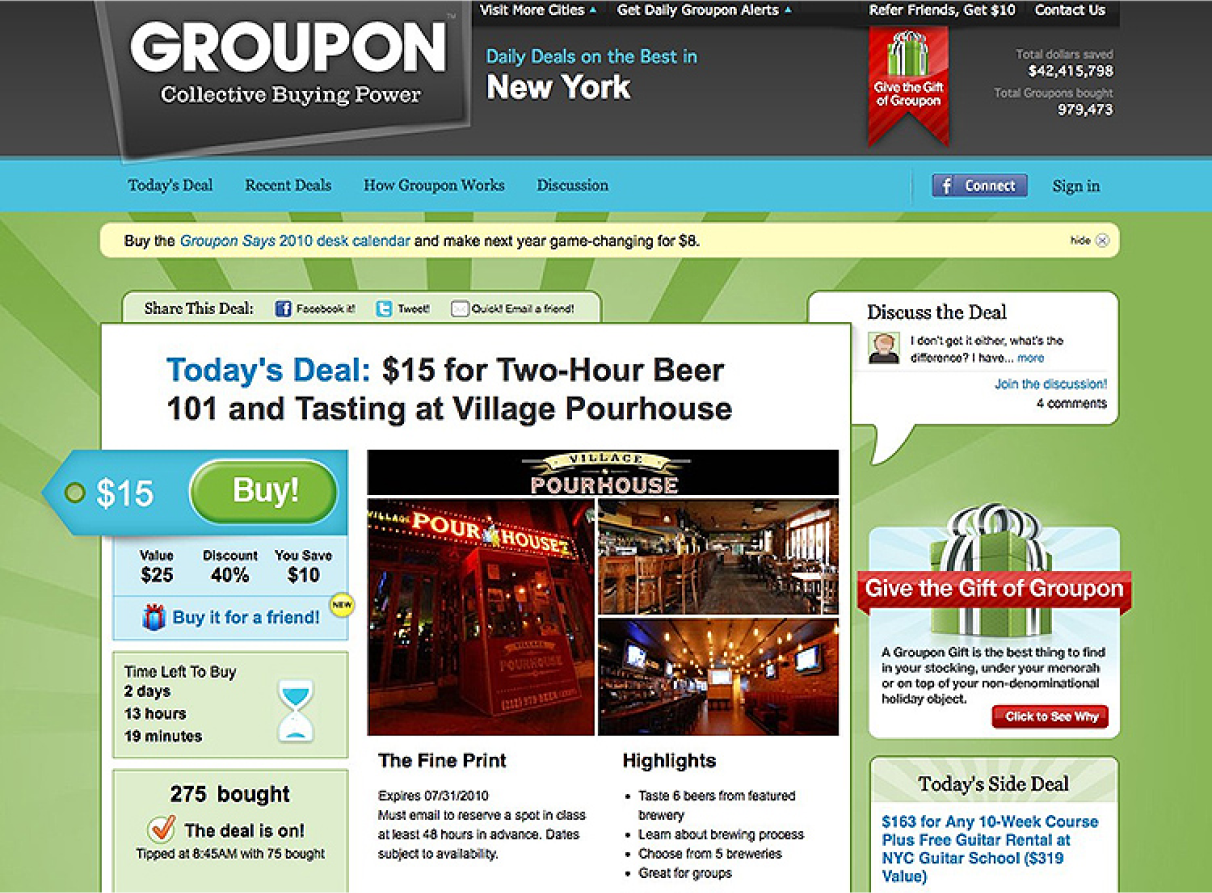


The company’s MVP showed how it is possible to turn an idea around and demonstrated how it is possible to adapt to the market and meet its current needs on the go. Their MVP offers group discounts. In this way, the team tested the demand for local deals at no extra cost and created a model that later expanded beyond Chicago.


Etsy, Inc. specializes in handmade or vintage items and craft items. It is a global e-commerce company whose products cover a variety of product categories, from jewelry and toys to art and furniture.
Etsy MVP
Etsy’s founders are Rob Kalina, Chris Maguire, Chaim Shoppik and Jared Tarbell, who faced the problem of high prices on eBay. It all started when Rob, one of the founders, was trying to sell his wooden computer cases. However, at that time, the fees for eBay needed to be lowered, and it was also not convenient to use. The other founders, Chris Maguire, Chaim Shoppik and Jared Tarbell, were freelance website developers at the time. They also faced complaints about the sales service.

In effect, they needed to analyze eBay, find its weak points and find what it could not provide to its customers. That is why the developers focused on providing a platform for craftsmen who want to sell their products. They became Etsy’s target market.
That is why they came up with the idea to create a simple and convenient service where people could sell things they made. The website they created wasn’t very functional, but they were joined by thousands of vendors selling handmade items. This made it clear to the team that their idea resonated with people and could be developed. After that, the team created the better platform we know today as Etsy.
Etsy’s MVP showcases smart teamwork that was driven by user demand. They investigated the shortcomings of existing platforms, tested the concept and found their audience. Through it all, Rob Kalina, Chris Maguire, Chaim Shoppik, and Jared Tarbell built a minimum viable product, filled their niche, and built a successful business.
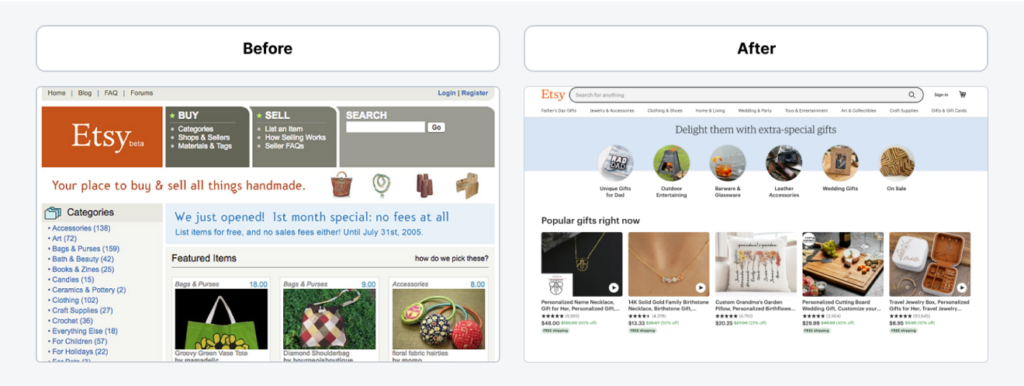

Now we have many streaming platforms to listen, share or promote music. One of the biggest companies in the market is Spotify. However, their path was not immediately successful. They started as a small startup that believed that by adding a core feature to the MVP, instead of a few distractions, they would succeed.
Spotify MVP
In 2008, Daniel Eck and Martin Lorenzón, the future founders of Spotify, discovered that music lovers did not have a platform on which they could stream songs. The founders understood that people like to listen to music, stream it online, download it, or share it. This prompted them to develop a startup product with one main function – music streaming. It took them only 4 months to form the prototype of Spotify AB in 2006. The beta version was already released in 2007. Thanks to this, they tested the market and groped their audience.

Their MVP had only one main function, music streaming. However, it was so appropriate and necessary that this kind of counter application won the love of users and allowed companies to develop. Another benefit of Spotify’s MVP was that they set up the platform and music licensing agreements before expanding globally.
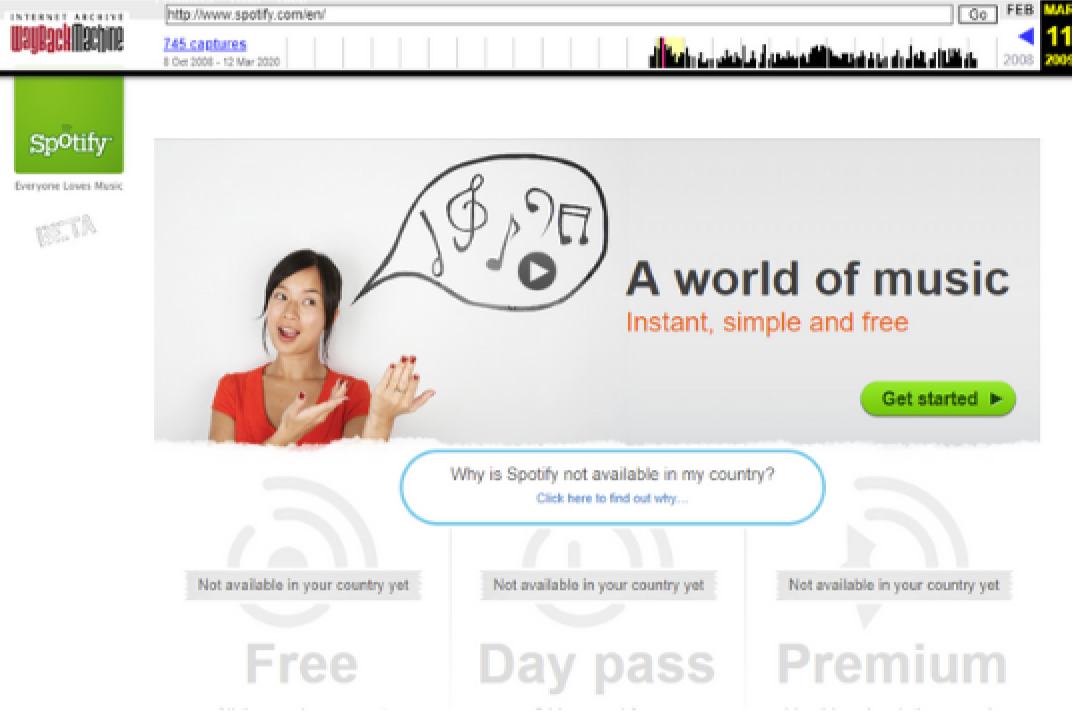
Thus, their concept worked in a small market and allowed them to go big. We now know Spotify as one of the leading music streaming services worldwide with millions of listeners.

Buffer as we know it is web and mobile software designed to manage social media accounts. Thanks to it, we schedule posts on Twitter, Facebook, Mastodon, Instagram, Instagram Stories, Pinterest and LinkedIn. It allows us to analyze the results and follow our audience.
Buffer MVP
However, Buffer also began its journey with an MVP, and at the same time, it was quite unconventional. The creator of the service said that he came up with this idea one evening when he was trying to optimize his posts on Twitter. His posts on technology became more and more popular, while his screen time increased proportionally. He could spend a whole day on a social network, publish posts, upload several at the same time, and optimize them. Such manual work took up a lot of chat time and was not efficient enough. To solve this problem, he aimed to create a service that could publish tweets at scheduled times and days.
Joel Gascoigne, the founder of the service, said that at that time he did not want to create a product that would not be in demand. That is why, following the example of Dropbox, he used only one landing page in which he described the idea, the working format of Buffer, the functions, and communicated the affordable price.
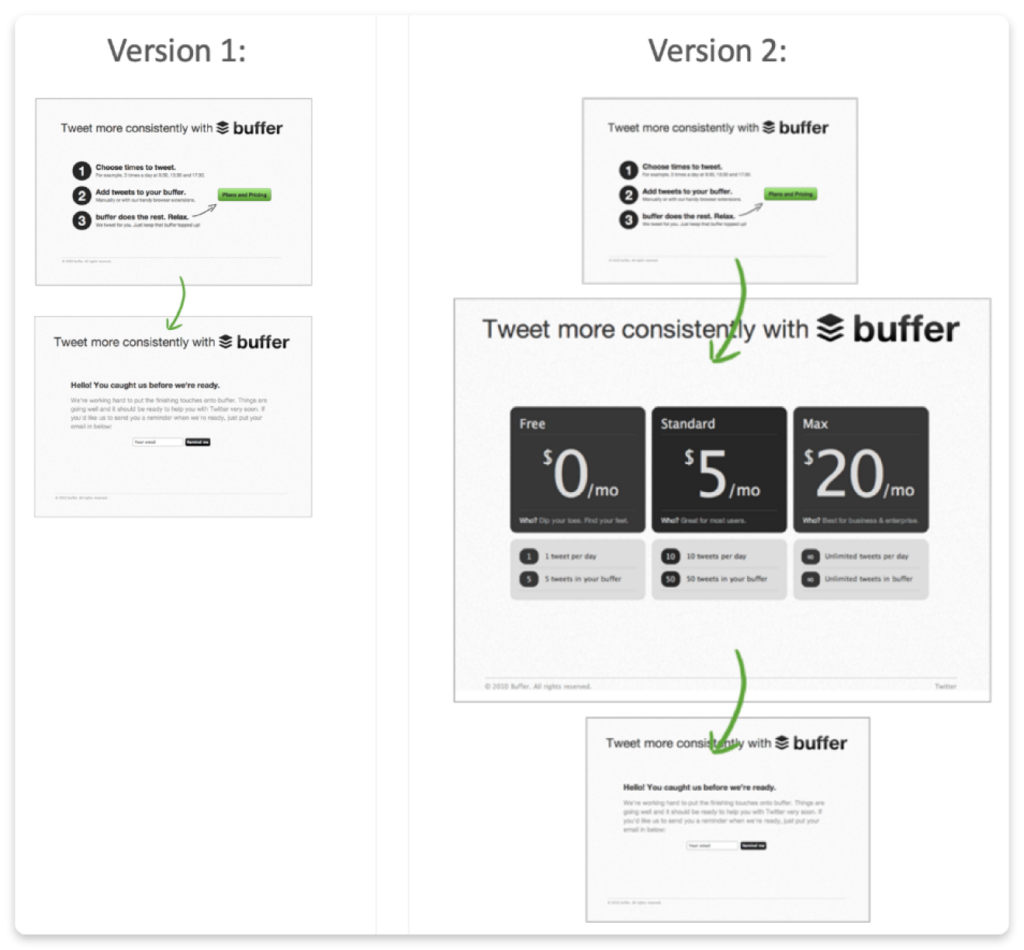


Those who were willing to purchase a plan for such a product despite a small amount of information received a message on the screen. It said Buffer isn’t ready yet, but users can submit their emails and sign up for a waiting list. After that, the founders contacted those who left emails and asked about their expectations about the product. This helped them to create a product that met the demands of users, solved their pains and problems, and brought a lot of money to their owners.
After implementing the product, Buffer almost immediately had the first users who planned their publications through it. Buffer continues to be a market leader and increases the effectiveness of users on social networks – Twitter, Instagram, Facebook, Pinterest, TikTok, and LinkedIn.
MVP Buffer started with just one well-designed landing page, which demonstrates how powerful and diverse MVP can be. Thanks to the received feedback, the developers of the service were able to check the interest of users, investigate their requests, and invest in a complete product without losing money and effort.
Because of this, we know Buffer as one of the leading tools for scheduling social media posts.
Where to Start MVP Development With Amazinum?

Partial Outstaff MVP
While you may have your development team, you may lack Data Science or Data Engineering expertise. In this way, Amazinum can help you expand your team. Amazinum can become your technical partner. This option will help you save money while getting an impeccable result.
Full Outsourcing of MVP Development
This option can be suitable for many companies since you do not need to be involved in the work processes. At the same time, the outsourcing team of Amazinum will help you implement the task quickly and efficiently. Delegating MVP development will help you focus on other important functions, such as marketing campaigns or design. Amazinum can offer you a high level of communication and deep involvement in the business niches you need.
